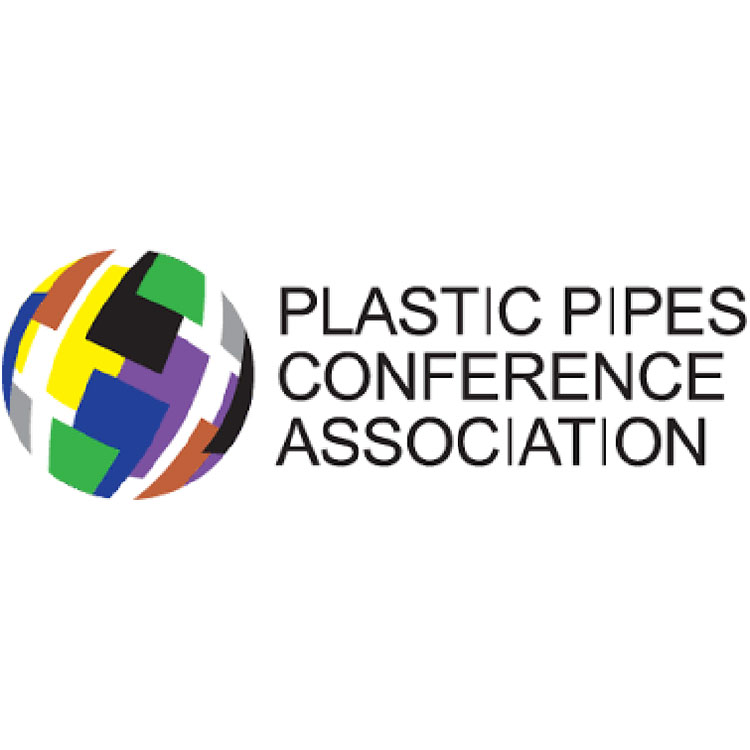
Surface heating and cooling using plastic pipes is being highlighted at the moment as it is helping facilitate a greater uptake of renewable heat sources and is proving highly energy-efficient in our increasingly energy-aware climate.
It makes economic sense to use the same pipes to heat a building as to cool it, and benefits not only include being able to maintain comfortable year-round temperatures, even in large buildings, but also maximising floor space through avoiding radiators and other forms of heating and cooling, as well as minimising ongoing energy use.
Ludo Debever of TEPPFA explained the rise in popularity of this type of heating and cooling system: “By being able to use lower temperatures to run these systems, a pleasant ambient temperature is maintained whatever the weather. Plastic pipes have proven to be ideal components for such systems and significant long-term energy savings can also be made.”
In embedded heating systems, whether underfloor or within walls or ceilings, low operating temperatures are generally sufficient (35/28°C), which are perfect for heat transfer using condensing boilers, heat pumps and solar thermal systems. The lower the heating system temperature, the higher its efficiency will be. This will deliver potentially large energy savings. Installing a low-temperature surface heating and cooling system can also trigger a change towards compatible low-temperature – and ideally renewable – heat generators. Using embedded heating systems is particularly beneficial in combination with newer technologies like heat pumps, which provide high efficiencies with lower temperatures, and which can be driven by electricity from a range of renewable sources.
Other benefits of surface heating and cooling include its versatility – it can fit almost any building or heating system, it delivers energy-saving benefits for consumers, provides a long operating lifetime, creates space-saving benefits through its integration into floors, walls or ceilings, and maximises the thermal comfort of consumers, which of course includes its cooling abilities in summer as well as its heating efficiencies.
By using a smart control system, individual heating profiles can be created for every room, tailoring comfort levels perfectly to the needs of residents and users. Thermal comfort needs can be fully covered all year round using high-performing plastic pipe systems. Noiseless in operation with minimal air circulation, dust and draughts are minimised, a benefit to allergy sufferers.
TEPPFA has identified that several European countries have the potential for significant growth in the use of these types of embedded heating and cooling systems, including Spain, Portugal, Romania, Ireland and the UK. With more extreme temperatures likely to become common, finding a system that operates efficiently and economically during all extremes will become much more desirable.
As Ludo Debever concluded: “Water’s energy-transport capacity is significantly higher than that of air, so running water through pipes as a primary method of heating and cooling a building makes absolute sense. Older buildings can be retro-fitted too, as an increasing variety of surface heating systems using plastic pipes becomes available. We should all be aiming to make our buildings more energy-efficient, whatever their age.”
The European heating industry already has the developed technologies available; for example, efficient and renewable heat generators, the use of smart controls, and efficient heat emitters. Practical examples include thermally active building systems with proven reduced life cycle costs, low exergy-low energy systems within the passivhaus concept, sustainable cooling in commercial construction, underfloor cooling in nearly zero energy buildings (nZEB), underfloor heating in homes and offices and district heat networks with centrally positioned heating through insulated pipe networks. All these types of systems are growing in popularity over traditional forms of heating and cooling as the world’s more extreme weather conditions continue.
